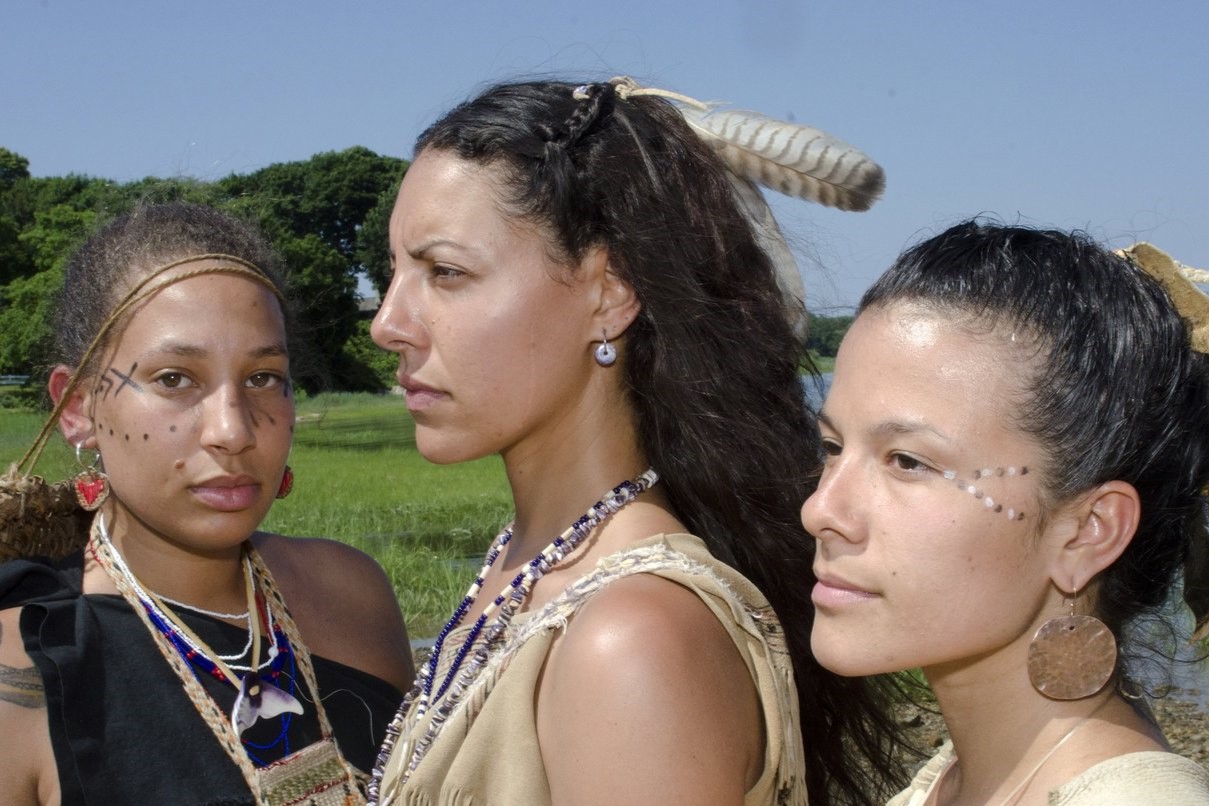
Majestic and awe-inspiring, Mount Kinabalu is a true natural wonder located in the heart of Borneo, Malaysia. Standing at an impressive height of 4,095 meters (13,435 feet), it is not only the highest peak in Southeast Asia but also one of the most popular climbing destinations in the world. Mount Kinabalu is not just a collection of rocks and cliffs, but also a place rich in cultural and ecological significance. The mountain is surrounded by the Kinabalu National Park, a UNESCO World Heritage Site, which is home to an incredible array of flora and fauna found nowhere else on earth.
Key Takeaways:
- Mount Kinabalu is the highest peak in Southeast Asia, attracting climbers and nature enthusiasts with its challenging trails and breathtaking beauty. It’s also a UNESCO World Heritage Site with unique biodiversity and cultural significance.
- Climbing Mount Kinabalu offers a thrilling experience through diverse ecosystems and a chance to witness the breathtaking sunrise from the summit. It’s a natural wonder with rich biodiversity and cultural significance.
The Majestic Highest Peak of Borneo
Mount Kinabalu, standing tall in the heart of Borneo’s Kinabalu National Park, is the highest peak in Southeast Asia, with an impressive elevation of 4,095 meters (13,435 feet) above sea level. This majestic mountain attracts thousands of climbers and nature enthusiasts every year, seeking to conquer its challenging trails and witness its breathtaking beauty.
A World Heritage Site
In recognition of its unique biodiversity and geological significance, Mount Kinabalu and its surrounding park were designated as a UNESCO World Heritage Site in The park is home to an incredible array of flora and fauna, including rare orchids, pitcher plants, and the notorious Rafflesia, the largest flower in the world.
A Sacred Mountain
For the indigenous people of Sabah, Mount Kinabalu is considered a sacred and spiritual place. The mountain is believed to be the final resting place of their ancestors and is imbued with numerous legends and beliefs. It is also a popular destination for pilgrims who embark on a journey to seek blessings and spiritual enlightenment.
Climbing to the Top
Mount Kinabalu offers a thrilling climbing experience for both seasoned mountaineers and beginners. The most popular route is the Kinabalu Summit Trail, which takes climbers through diverse ecosystems, from lush rainforests to alpine meadows, before reaching the granite rock face known as the Low’s Peak. The climb usually takes two days, with a stopover at the Laban Rata resthouse before the final push to the summit.
A Natural Wonderland
Mount Kinabalu National Park is not just famous for its towering peak but also for its rich biodiversity. The park is home to over 5,000 species of plants, including some that are found nowhere else on Earth. It also serves as a habitat for a wide range of unique animal species, including the Bornean Gibbon, Orangutan, and the endangered Bornean Pygmy Elephant.
The Mythical Donkey’s Ears
One of the most distinct features of Mount Kinabalu is a pair of towering granite rock formations known as the Donkey’s Ears. These natural landmarks, situated near the summit, resemble the ears of a donkey, adding to the mountain’s allure and captivating the imaginations of climbers.
The Spectacular Via Ferrata
For adventure seekers, Mount Kinabalu offers an exhilarating experience through its Via Ferrata, which means “iron road” in Italian. This route involves traversing a series of steel cables, ladders, and bridges that are attached to the mountain’s rock face, providing stunning views and a unique way to explore the surroundings.
A Sunrise Worth the Effort
One of the highlights of climbing Mount Kinabalu is witnessing the breathtaking sunrise from the summit. As dawn breaks, the sky transforms into a symphony of colors, casting a magical glow over the surrounding landscapes. It is a truly awe-inspiring moment that rewards climbers for their dedication and perseverance.
In conclusion, these are just a few of the 8 fascinating facts about Mount Kinabalu. This iconic peak not only offers a challenging climb but also showcases the beauty and wonders of nature. With its unique biodiversity, cultural significance, and breathtaking views, Mount Kinabalu continues to captivate the hearts of adventurers from around the world.
Conclusion
Mount Kinabalu, located in the Malaysian state of Sabah, is a truly remarkable landmark that captivates visitors from around the world. As the highest peak in Southeast Asia, this majestic mountain boasts not only breathtaking scenery but also a rich cultural significance. From its diverse array of flora and fauna to its significance as a UNESCO World Heritage site, Mount Kinabalu offers a unique experience for nature enthusiasts, hikers, and adventure seekers alike. Whether you’re conquering its summit or exploring its surrounding trails, Mount Kinabalu offers an unforgettable journey that will leave you in awe of its beauty and grandeur.The next time you plan a trip to Southeast Asia, be sure to include Mount Kinabalu on your itinerary. It’s an experience that will not only test your physical limits but also provide an opportunity to immerse yourself in the natural wonders of this stunning landmark.
FAQs
Q: How tall is Mount Kinabalu?
A: Mount Kinabalu stands at an impressive height of 4,095 meters (13,435 feet) above sea level, making it the highest peak in Southeast Asia.
Q: Can I climb Mount Kinabalu without a guide?
A: No, climbing Mount Kinabalu requires a licensed guide as part of a conservation effort to ensure the safety of climbers and preservation of the environment.
Q: Do I need to be an experienced climber to hike Mount Kinabalu?
A: While prior climbing experience is not necessary, a good level of physical fitness is recommended. The climb can be challenging, but with proper preparation and determination, it is achievable for most individuals.
Q: What is the best time to climb Mount Kinabalu?
A: The best time to climb Mount Kinabalu is during the dry season, which typically runs from April to October. This period offers clearer skies and better climbing conditions.
Q: Are there any age restrictions for climbing Mount Kinabalu?
A: The minimum age requirement to climb Mount Kinabalu is 10 years old. However, children below the age of 15 must be accompanied by an adult.
Captivated by Mount Kinabalu's natural wonders? Continue your exploration of this remarkable region with more intriguing facts about Borneo. From its diverse wildlife and lush rainforests to vibrant cultures, Borneo offers a wealth of fascinating insights waiting to be discovered.
Was this page helpful?
Our commitment to delivering trustworthy and engaging content is at the heart of what we do. Each fact on our site is contributed by real users like you, bringing a wealth of diverse insights and information. To ensure the highest standards of accuracy and reliability, our dedicated editors meticulously review each submission. This process guarantees that the facts we share are not only fascinating but also credible. Trust in our commitment to quality and authenticity as you explore and learn with us.


